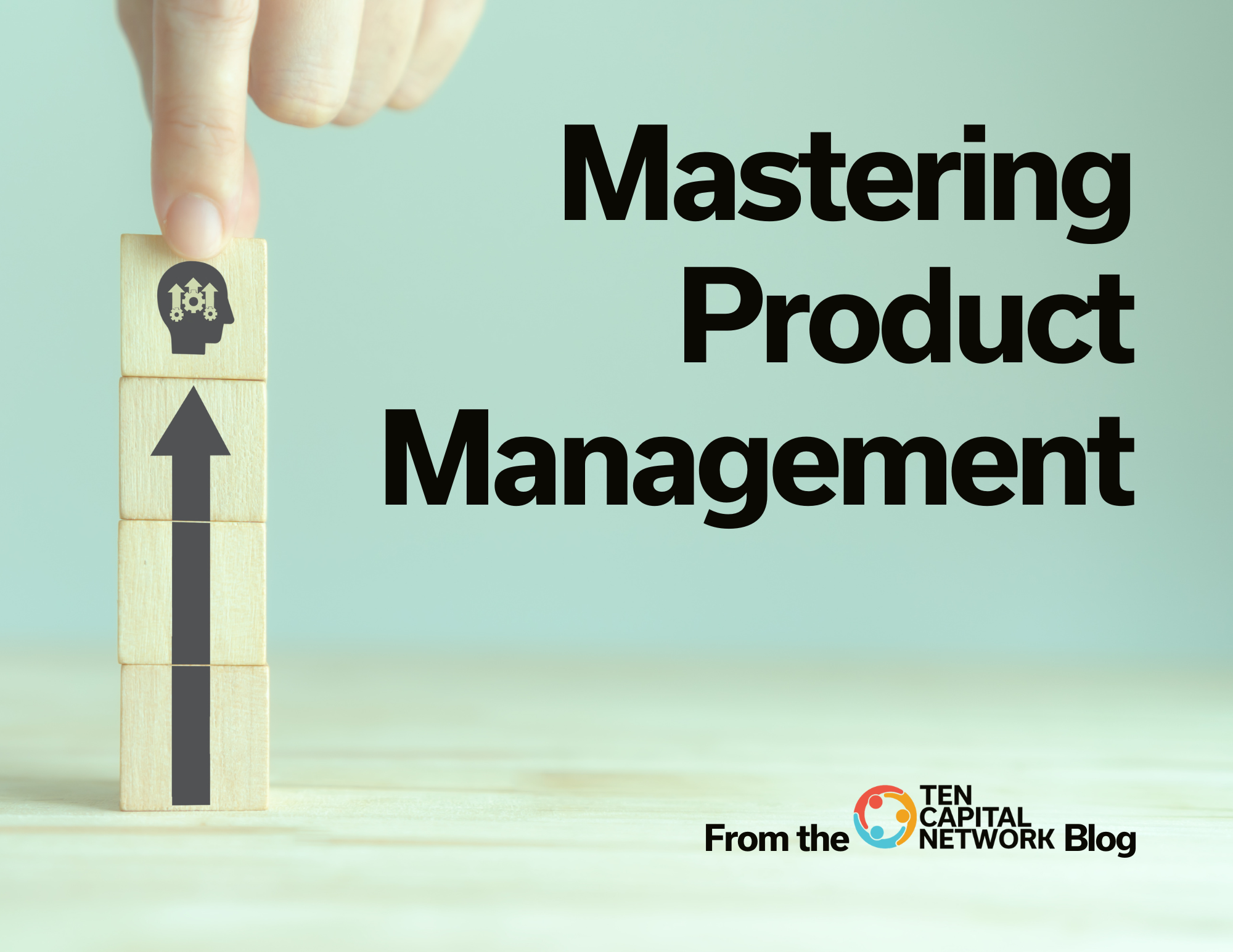2 min read
There are several approaches to due diligence. The most common is the “Thorough Approach” in which you review each aspect of the business and focus on the top items. The main areas to cover in due diligence are the market and the team. In this article, we will cover how to diligence the market, how to diligence the team, and what key documents you should have in your due diligence box in following the thorough approach.
How To Diligence the Market
When implementing due diligence in a startup, the size of the market is a key question. The larger the market, the greater the growth potential of the startup.
There’s rarely a need to pay for research as so much exists on the web. In searching the web, you’ll find research reports giving market sizes, trends, analysis, and more. The key here is to analyze the market at three levels.
The first is Total Available Market which is anyone the company could ever sell to. The second is the Serviceable Market which is the target market the company wants to serve. The third is the Beachhead Market, which is the first niche the company will pursue. Ideally, this is a small but well-defined group of companies that fit the startup’s current product. The startup should have some interactions with the companies in the Beachhead market already.
How To Diligence the Team
In doing diligence as a startup, the team is the most critical factor in the process. For implementing diligence in the team, first, review the resumes of those who are on the team or plan to join when funding becomes available.
Next, look for domain knowledge. Who has it, and how current is it? After that, look for complementary skills. Is there someone who has sales skills and will spend their time selling the product? Is there someone who is going to build the product and will manage either an internal development team or an external one? Outsourcing the product development with no one actively managing it is a recipe for disaster.
Next, look at how long the team has worked together if at all. Ideally, the team has some experience working with each other. The more the better. Finally, look at completeness. Many successful teams follow the Designer, the Hacker, and the Hustler formula. The Designer knows the customer problem and plans the product development, including how it will be monetized and promoted. The Hacker is the developer who builds the product, and the Hustler is the one who sells it.
Due Diligence Box Key Documents
You’ll need to gather your basic company documents for investors to review. In preparing a due diligence box also called a data room, the following are basic documents to include:
- Income statement
- Balance Sheet
- Three- to five-year financial forecast
- Cap Table including shares outstanding
- Entity filings (LLC, C-Corp, and Articles of Incorporation)
- Intellectual Property filings including patents, trademarks, etc.
- C-level team resumes
There may be other documents you may need to add based on your situation.
Feel free to try out our calculators and contact us if you would like to discuss your fundraise: https://www.startupfundingespresso.com/calculators/

Hall T. Martin is the founder and CEO of the TEN Capital Network. TEN Capital has been connecting startups with investors for over ten years. You can connect with Hall about fundraising, business growth, and emerging technologies via LinkedIn or email: hallmartin@tencapital.group.





